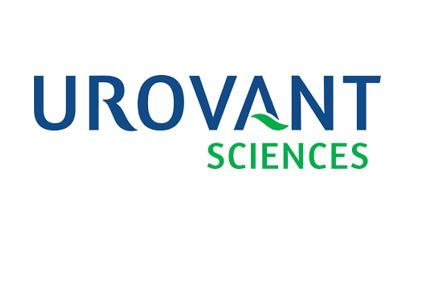
Vivek Ramaswamy’s Roivant group hasn’t been able to chalk up many clinical successes, and a phase 3 win for its Urovant unit in urinary incontinence isn’t exciting investors.
The phase 3 EMPOWUR trial of vibegron in patients with incontinence caused by overactive bladder (OAB) showed that the beta-3 adrenergic agonist performed significantly better than placebo on the two main efficacy measures in the study namely the number of daily urge urinary incontinence (UUI) episodes and urinations, and seven secondary endpoints.
There was also a numerical advantage over an active control drug – tolterodine – although this didn’t reach statistical significance.
As tolterodine is generically available that has raised questions about whether doctors would be prepared to prescribe vibegron – and moreover if insurers would back reimbursement of the drug – ahead of a likely much cheaper alternative.
That concern seemed to weigh on investor sentiment, and shares in Urovant were down almost a quarter in the wake of the announcement, despite an upbeat assessment by Urovant and a pledge to file for approval in early 2020. If approved, it would become the first new prescription drug in nearly a decade for OAB, claims Urovant.
Biotech entrepreneur Ramaswamy needs a win for his Roivant family of companies, originally set up to repurpose or take forward drugs developed elsewhere that had stalled in development.
That strategy notably came unstuck at its Axovant unit, which posted a series of failed dementia studies with two licensed candidates before abandoning its neurology focus and re-inventing itself as a gene therapy player – posting some encouraging initial data earlier this year.
Vibegron was licensed from Merck & Co/MSD in 2017 and is billed as an improved version of Astellas’ Myrbetriq/Betmiga (mirabegron), which was the first beta3-adrenergic agonist to reach the market.
Myrbetriq is on course to post blockbuster sales in fiscal 2018 thanks to improved tolerability over the widely-used antimuscarinic class of OAB drugs – which includes tolterodine – according to Astellas.
In the case of vibegron, Urovant said the frequency of serious adverse events was similar across treatment arms, at 1.1% with placebo, 1.5% with vibegron, and 2.3% in the tolterodine group.
“There is a significant need for innovative new treatment options for OAB patients, as many patients are unable to find relief with currently available medicines,” commented David Staskin, an investigator in the EMPOWUR study who is also a urologist at Tufts University School of Medicine in Boston.
“If approved by the FDA, [vibegron] could provide an exciting next-generation treatment option for patients suffering from OAB,” he added.
In a statement, Ramaswamy said the Urovant data is just one of several other phase 3 readouts for Roivant group companies in the next 18 months and helps to demonstrate its “ability to advance innovative therapies through all stages of development.”
Others cued up for results include phase 3 trials of Myovant’s relugolix in uterine fibroids, endometriosis and prostate cancer, and Dermavant’s tapinarof in psoriasis.




